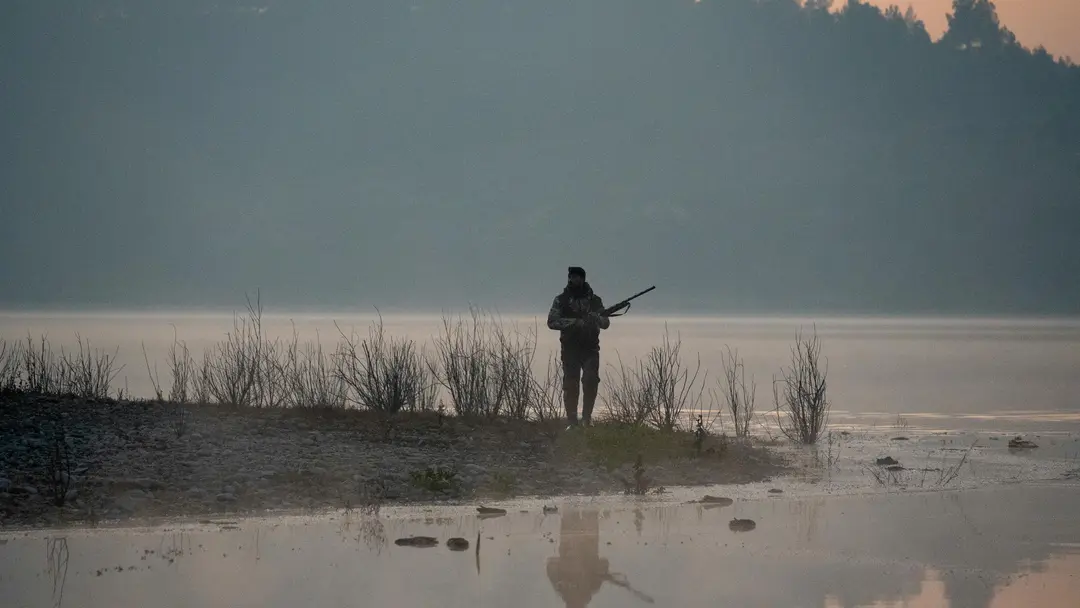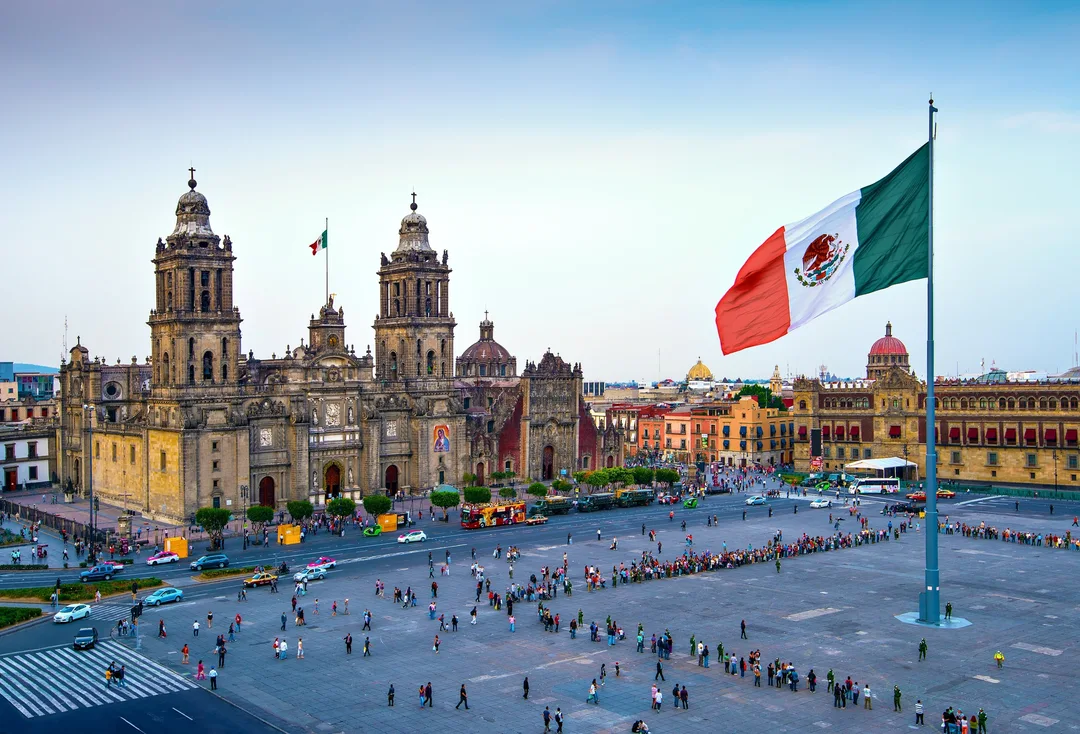In a sobering reminder of the continuing war against wildlife crime, South Africa has announced that 103 rhinos were poached during the first quarter of 2025, with most of the slaughters taking place within national parks. This statistic serves as a grim reminder of the ongoing menace to one of the planet’s most iconic and threatened creatures.
A Grim Start to the Year
Between January 1 and March 31, 2025, poachers killed 103 rhinos across South Africa, averaging more than one rhino per day. Of these, 65 were slaughtered within national parks, areas designated for wildlife protection. South African Environment Minister Dion George described the situation as “a stark reminder of the relentless threat to our wildlife”.
In spite of all efforts aimed at curbing poaching, the figures hold steady with other years, meaning that existing mechanisms might not be enough to stem illegal operations that target rhinos.
The Role of South Africa’s Rhino Numbers
South Africa boasts the highest population of rhinos in the world, with an estimated 16,000 to 18,000 animals, both black and white. Black rhinos, being critically endangered, have about 6,400 animals in total all around the world, out of which about 2,000 are found in South Africa.
The nation’s extensive areas of conservation, including Kruger National Park, have been havens for these magnificent animals for centuries. The current spate of poaching in these protected parks, however, challenges the efficacy of present security practices.
Drivers Behind the Poaching Epidemic
The major cause of rhino poaching is the demand for rhino horn, especially in certain Asian nations where the horn is falsely thought to carry medicinal benefits or is coveted as a status symbol. This demand drives a black market that is highly profitable, motivating poachers to risk extreme punishment for a significant amount of money.
Safari-style hunting of rhinos typically involves organized syndicates of criminal groups, utilizing advanced techniques for tracking and poaching the rhinos. Organized criminal networks are difficult to break because of their transnational character and involvement of multiple actors along the supply chain.
Attempts to Counteract Poaching
South African authorities have increased efforts to counter rhino poaching by adopting several strategies, such as stepped-up patrols, intelligence gathering, and community mobilization. A significant success was the conviction of Mozambican poaching ring leader Simon Ernesto Valoi, who was sentenced to 27 years in prison for heading poaching operations in Kruger National Park.
Additionally, the government has implemented technological solutions such as drone surveillance and thermal imaging to monitor vast conservation areas more effectively. These tools aim to detect and deter poaching activities in real-time.
Community Involvement and Education
Involving local communities is key to combating poaching. By including residents in conservation activities and offering alternative sources of income, authorities aim to eliminate the appeal of poaching income. Educational programs seek to create awareness of the environmental value of rhinos and the long-term advantages of wildlife conservation.
Community-led efforts have proven effective in developing ownership and responsibility towards conserving wildlife locally. Community empowerment may also contribute to enhanced surveillance and reporting of crimes.
International Cooperation
Considering the globalized aspect of wildlife trafficking, there is a need for international cooperation. South Africa cooperates with its neighbors and international bodies in intelligence sharing, coordinating laws, and mounting collaborative operations against syndicates involved in poaching.
These collaborations seek to break the whole supply chain of illicit wildlife goods, from ground poachers to traffickers and end-users. By tackling the problem in its entirety, the authorities hope to attain more enduring outcomes.
The Road Ahead
The ever-present danger of rhino poaching in South Africa underscores the necessity for sustained vigilance, innovation, and cooperation. While recent law enforcement and community-based successes are heartening, the magnitude and level of sophistication in poaching syndicates necessitate a multi-dimensional and responsive approach.
Securing the survival of rhinos for generations to come will be based on sustained effort from governments, communities, and international supporters. By synergizing technological progress, legal intervention, and public consciousness, there is a route to stopping poaching and creating a future for these symbolical creatures.







